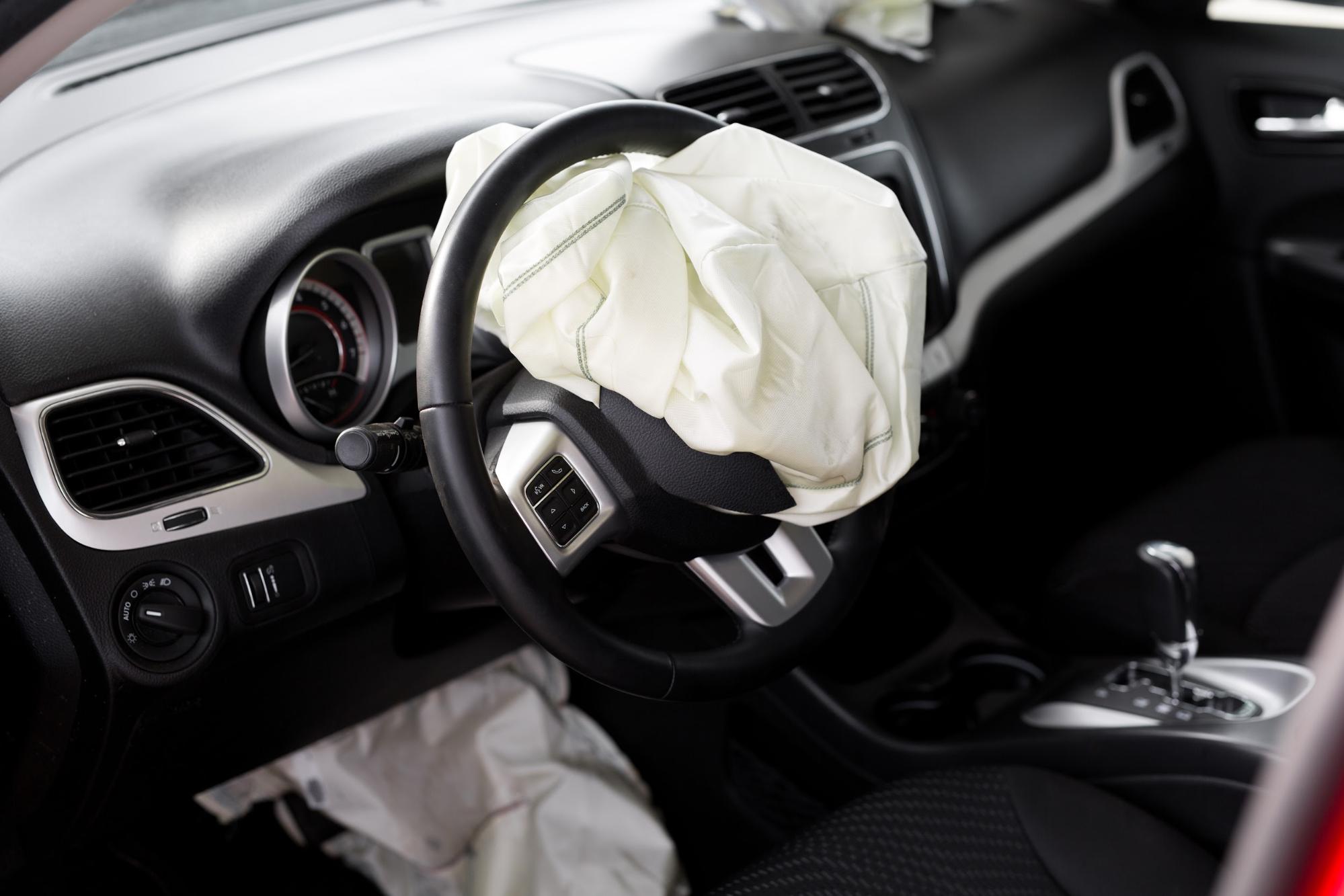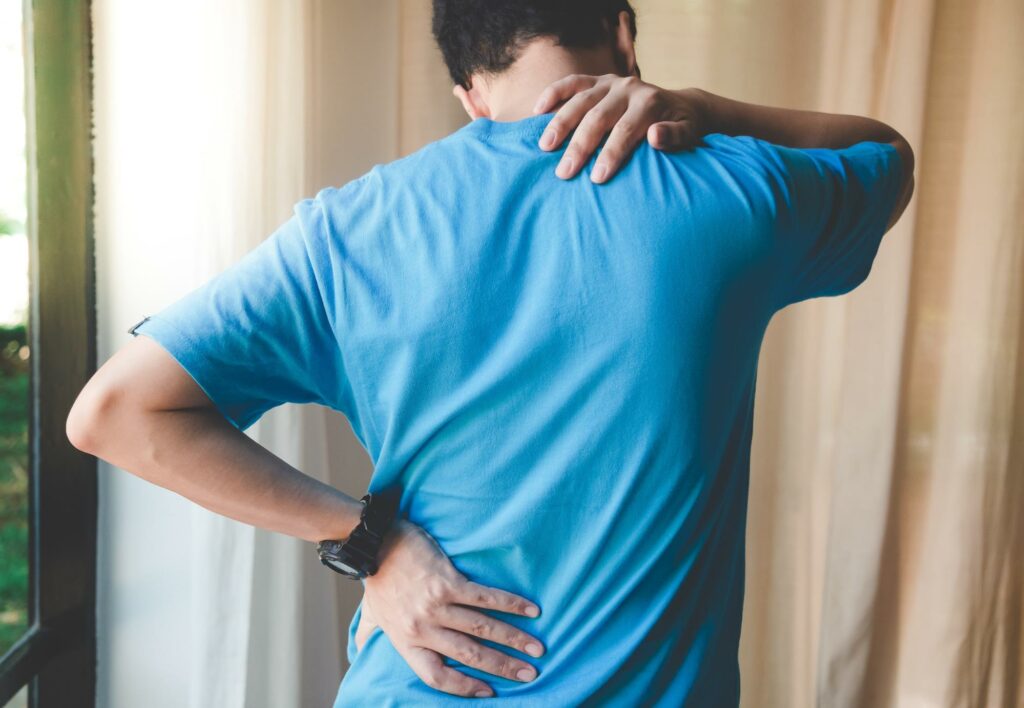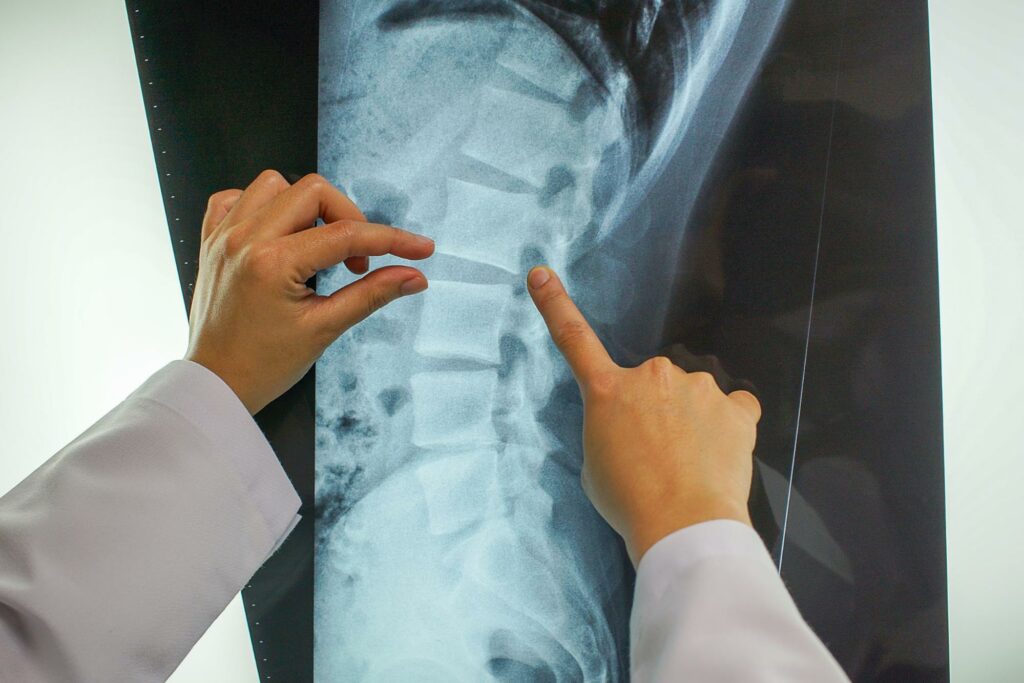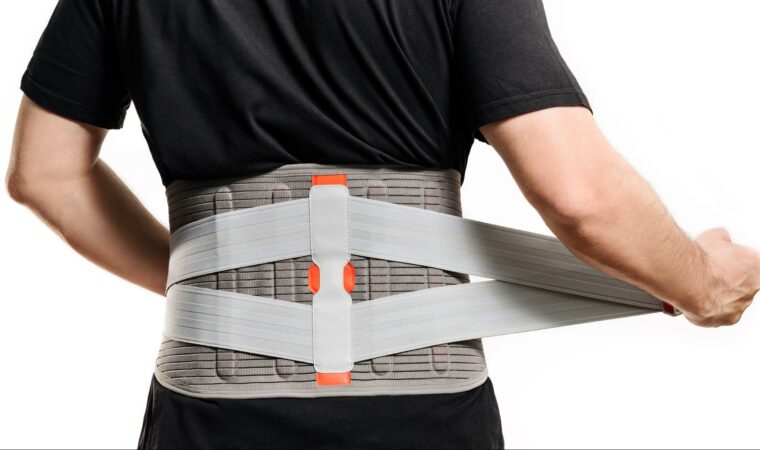
The Most Common Injuries from Rear-End Collisions
The National Highway Traffic Safety Administration tells us that rear-end collisions are the most common kind of car accident. In fact, they make up 30% of all traffic accidents each year.
In many cases, rear-end crashes are not considered severe motor accidents. However, the brute force of a hit by another vehicle can result in serious and sustaining injuries that may impact your physical capabilities throughout the remainder of your lifetime.
A wide range of mild to serious injuries, including back pain, shoulder injuries, lacerations, whiplash, spinal injuries, and even traumatic brain injury and other head injuries, can result from rear-end collisions. Vehicle accidents may also cause pre-existing conditions such as degenerative disc disease to worsen.
Rather than discounting what might be legally considered a minor car accident, it’s always important to play it safe and consider the most common rear ended collision injuries and what you can do to ensure you’re adequately compensated.
1. Whiplash
Whiplash is a prevalent response to a rear-end accident. While this injury is far from broken bones, it is a neck injury that happens when your head experiences sudden forced movement forward.
The National Safety Council states that 80% of individuals who suffer a whiplash injury will experience neck pain and soreness for longer than a week. Likewise, 50% of these individuals may have soreness for over a year following an auto accident.
Though considered one of the less serious results of fender benders, whiplash can sometimes cause serious muscle and nerve damage. Interestingly, one symptom of whiplash that many people are not aware of is stomach pain.
2. Back Strains

Back pain is among the most common injuries resulting in rear-end collisions and is high on the list alongside whiplash. Back strains and back sprains are common back injuries in a car crash and can sometimes require medical attention.
A back strain is a soft tissue injury that affects either a muscle or a tendon. When a strain occurs, it means that a muscle or a tendon has been twisted, pulled, or torn. When you have been rear-ended, even at low speeds, you can sustain a back strain that can cause back pain, cramping, and decreased range of motion.
3. Back Sprains
Back sprains are very similar to back strains, except that they refer to the ligaments in your back rather than muscles or tendons. When you sprain your back, you have stretched or torn a ligament, which connects your bones at the joints.
Sprains happen most often during a fall, a sudden twist, or a blow to the body, so they are widespread during vehicle accidents—even if you’re wearing your seatbelt.
If you have suffered a back sprain in a car accident, you will likely experience pain that feels worse when you move. You may also have difficulty walking and could require additional medical attention in serious situations.
4. Slipped or Herniated Disc

Your spine is made up of vertebrae and rubbery cushions stacked on top of one another. The cushions between the bones in your spine are called discs.
Discs have a soft nucleus in the middle that is covered with a rubbery exterior. Slipped or herniated discs occur when the core of the disc tears through this exterior and falls out of place.
While many people experience little to no symptoms of a herniated disc, many others can identify it based on the following:
- Arm or leg pain
- Numbness or tingling
- Muscle weakness
While surgery is typically not necessary to fix a herniated disc, it can eventually result in more serious complications if not properly treated.
5. Spinal Stenosis
Spinal stenosis is a phenomenon that most frequently occurs in the lower back or the neck. It’s a condition where the spaces of your spine narrow and subsequently put pressure on your spinal nerves.
In many cases, an individual may not feel any signs or symptoms of spinal stenosis. However, you can experience pain, tingling, muscle weakness, and numbness, and these symptoms can get worse as time goes on.
Because spinal stenosis is commonly caused by wear and tear on the spine, a rear-end collision can absolutely cause this back pain. It can also be associated with a herniated disc and other spinal injuries.
6. Spinal Fracture

One of the more severe injuries caused by rear-end collisions is a spinal fracture. Below, we’ll discuss one of the more common types of spinal fractures. But there are other kinds of more severe fractures that can happen due to a car accident.
Two possibilities are burst fractures and fracture-dislocations. These two types of injuries are common in accidents involving large machinery or vehicles because of the external force applied to the spine.
When one of the two above fractures occur, there is a greater risk for spinal cord injury and spinal instability—both of which cause significant pain and lasting lifestyle impacts.
Many spinal fractures can be treated with immobilization using a brace or corset. Recovery can take as long as 12 weeks. In more severe cases, an accident victim may require surgery where a doctor will inject bone cement.
7. Compression Fracture
When a vertebral body in the spine collapses, it’s called a vertebral compression fracture. These fractures of the spine are very painful and are common in the middle and lower back.
A compression fracture is possible during a high-speed collision. Typical symptoms will often include:
- Sudden back pain
- Pain intensity when standing/walking
- Limited spinal mobility
Long-term potential effects can include eventual height loss, deformity, and disability.
How an Attorney Can Help Cover the Cost of Treatment After a Rear-End Car Accident
Any of the above rear ended collision injuries from a crash can result in unexpected medical bills, chronic pain, and further medical treatment such as physical therapy. Keep in mind that these are just the most common types of injuries from rear end accidents. These accidents may also result in injuries to the knees, wrists, and elbows, stomach pain and internal injuries, and severe headaches among other symptoms.
What you may not know is that accident victims are often entitled to compensation on the basis of pain and suffering. A qualified car accident attorney can walk you through the legal proceedings in order to get you the compensation you deserve.
Hiring a lawyer also means that you have someone by your side to help maximize your compensation and help prevent insurance companies from making low settlement offers or delaying your claim.
At The Miley Legal Group, we are dedicated to the needs of our clients—regardless of the severity of their accident injuries. Each of our clients is important to us. Contact us today using the form on this page for a free consultation and let us deal with the legalities while you focus on healing.

